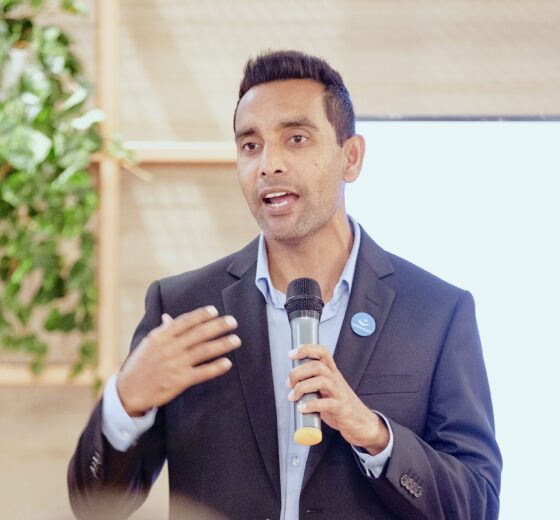Lets explore the exciting trends that are completely reshaping how organizations in the Middle East approach talent development. Forget old-school training; we are talking about strategic, impactful interventions that are truly future-focused.
The Hottest Trends in L&D Right Now
The L&D landscape in the Middle East is dynamic, moving beyond traditional models to embrace innovation.
1. AI-Powered Learning: Artificial Intelligence is a game-changer, making learning incredibly personalised and adaptive. Smart platforms can now tailor content, assess skills, and adjust learning paths in real-time to fit individual needs. This is huge for bridging generational gaps in corporate training. Beyond just learning, AI is also streamlining talent acquisition, from resume screening to intelligent candidate sourcing and even enhancing onboarding with automated workflows and 24/7 chat support. It is even elevating employee engagement by providing real-time insights through sentiment analysis. In fact, 78% of GCC Global Capability Centres are already investing in Generative AI training.
2. Outcome-Based Programmes: This is a big shift! L&D initiatives are now directly tied to Key Performance Indicators (KPIs), focusing on measurable behavior changes and tangible results, not just attendance. It is moving L&D from a “perk” to a “strategic growth accelerator.” Imagine a global engineering firm reducing product development cycles by 20% or a GCC automotive company improving first-time-right designs by 15% thanks to AI-driven learning. A Saudi public entity even saw a 40% rise in engagement by linking L&D to KPIs and coaching. This strategic alignment is crucial to getting leadership buy-in and budgets, particularly within a region driven by ambitious national transformation agendas.
3. Hybrid Learning Ecosystems: The future is blended! Hybrid learning combines in-person sessions with flexible mobile learning and bite-sized microlearning modules. The demand for mobile and microlearning tools has surged, allowing professionals to learn conveniently on the go. This flexibility is gaining serious traction across the region, catering to diverse workforce needs and preferences.
4. Emphasis on Soft Skills: It is not just about technical skills anymore. There is a growing recognition that “The 4Cs” – Communication, Collaboration, Creativity, and Critical Thinking – are essential for workplace success. Leadership, Resilience, and Adaptability are also vital for individuals and organizations operating in dynamic contexts. Post-pandemic, mental health and well-being have emerged as key focus areas, leading to more courses on stress management and emotional intelligence. Organizations are increasingly recognising the necessity of balancing technical upskilling with soft skills development to cultivate well-rounded talent pools.
5. Localization of Content: One size does not fit all. Cultural and linguistic considerations are critical in both the UAE and Saudi Arabia, as generic training often misses the mark. Customising programmes to reflect local culture and values not only improves learning but also fosters a stronger sense of belonging among employees. Learning Management Systems (LMS) are expected to support multiple languages, including Arabic, and to understand regional distinction that extend beyond mere translation to incorporate cultural references and examples.
This drive towards hyper-personalisation and human-centricity is setting a new standard for L&D. The market is moving beyond generic training to highly individualised learning journeys, powered by AI’s analytical capabilities. However, this is not a purely tech-driven future – the human element including oversight, soft skills, cultural relevance, and genuine human connection, remains critical. The “Gen Z Effect” further underscores the demand for engaging, personalised experiences that go beyond mere content delivery. L&D providers must develop sophisticated AI-enabled platforms that offer adaptive learning while ensuring human trainers focus on high-value, interpersonal aspects like coaching and fostering creativity. Content must be culturally sensitive and localised, moving beyond simple translation to truly resonate with regional values. This approach ensures that technology serves to augment, rather than diminish, the human learning experience.






